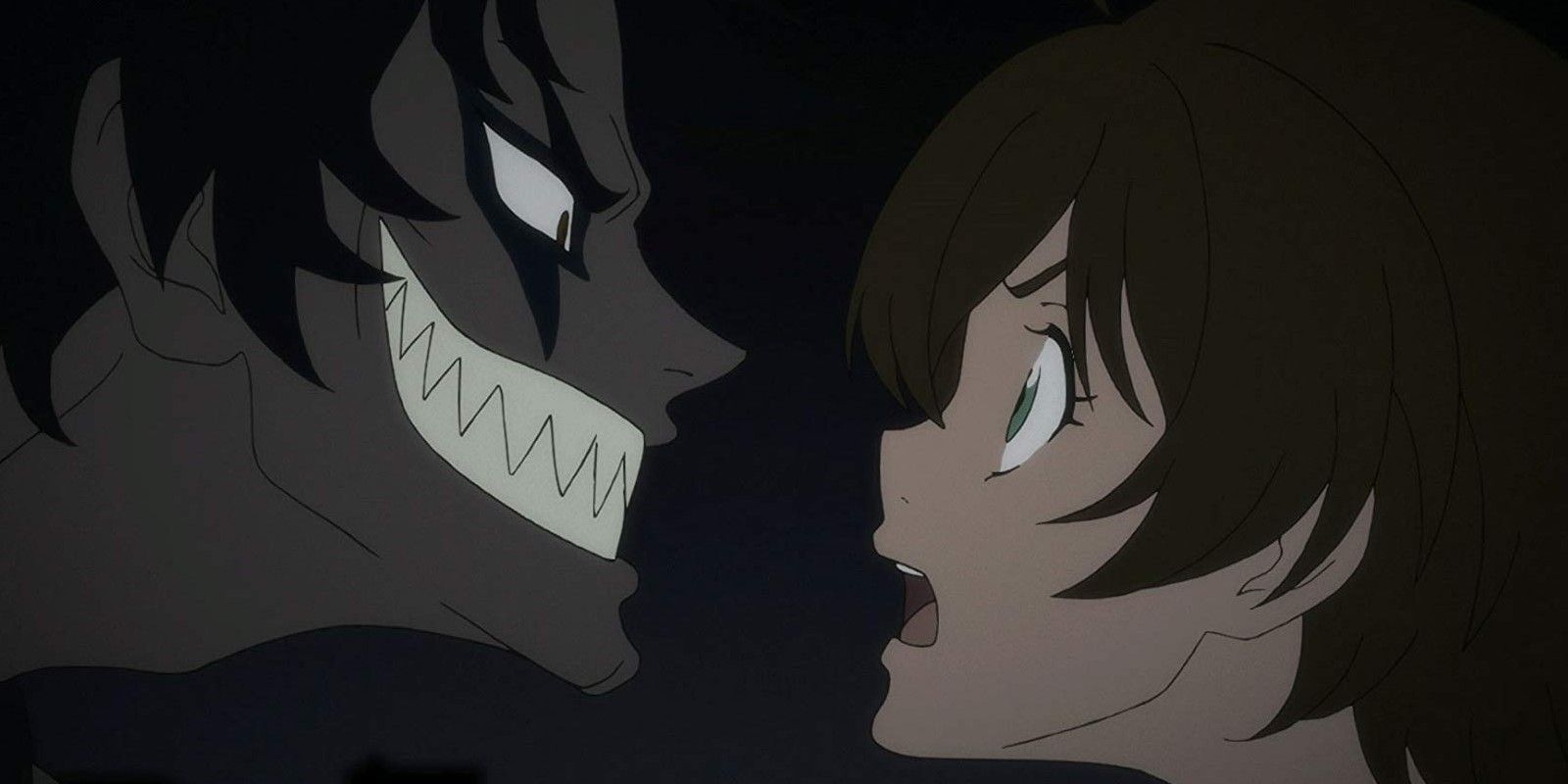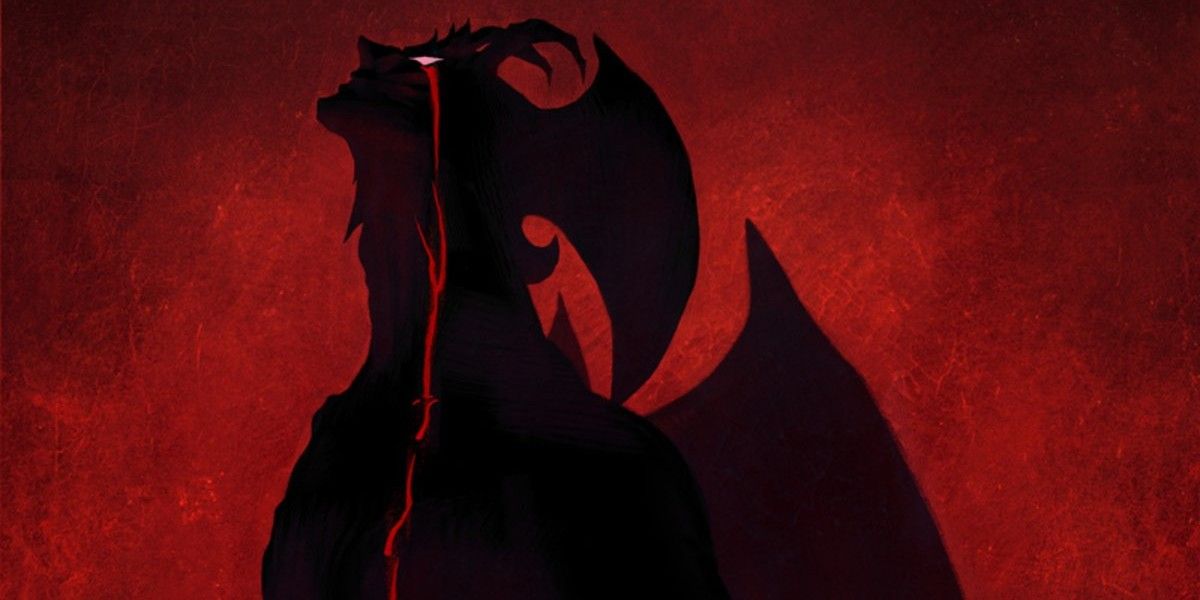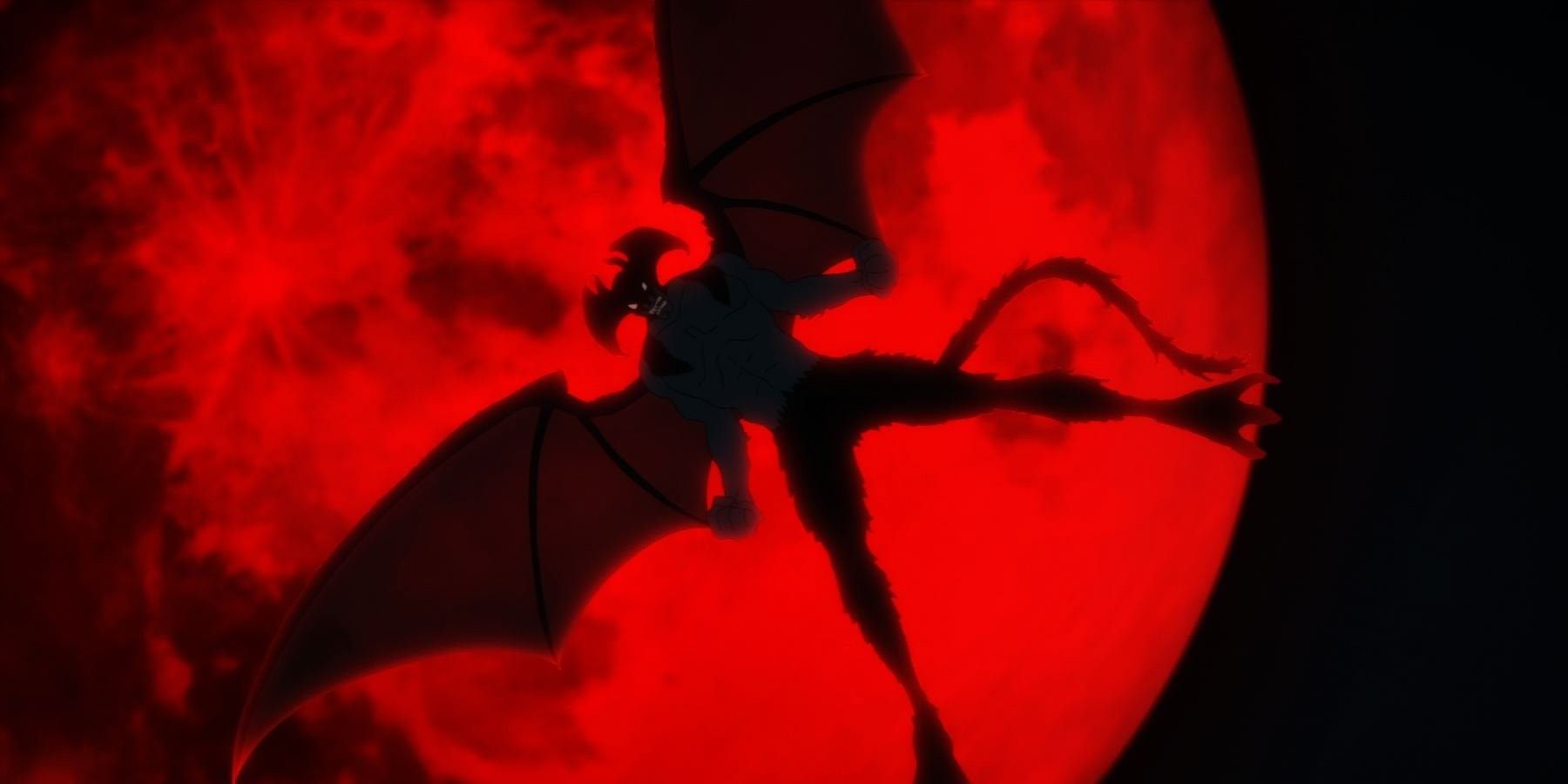Released in 2018 on Netflix, Devilman Crybaby told a story that was not for the faint of heart. The 10 episodes were packed with ultra-violence, gore, profanity, death, and no shortage of NSFW scenes. The shock value was high, and many viewers understandably could not take the heat. Those that stayed and paid strong attention, though, were bestowed the gift of the show's deep lessons. While the show is demonic in many senses, those that gave the anime its critical acclaim are the ones who know the truth: that Devilman Crybaby is a show about being human, and does that in a manner that is utterly unafraid.
The story of Akira and Ryo is anti-war and anti-bigotry, showing the outcome of viewing anyone as an "other" that should be extinguished. In terms of themes, the anime tackles both the goodness and debauchery of humankind, what makes them beautiful, and what makes them ugly. It explores the fragility of social institutions while also posing itself as an allegory for puberty and finding identity in a judgemental world. Behind its curtain of shock value, Devilman Crybaby has way more important things to say than first meets the eye.
Anti-War And Anti-Bigotry
The main objective of the story, according to original manga author Go Nagai, is to be an anti-war story. It stands with many other anime movies and shows on that front, as Nagai is one of many manga authors that grew up in Japan while it was reeling from the aftermath of WWII. He said in a 2002 interview, "There is no justice in war, any war, nor is there any justification for human beings killing one another. Devilman carries a message of warning, as we step toward a bright future.” 2018's Devilman Crybaby kept the anti-war lesson, using its gore, ultra-violence, and distressing scenes as a tool to show how ugly war can be.
In the story, some humans begin to turn into demons and their own community kills them. These humans that turn into demons are random, ranging from children to elders of any and all backgrounds. This creates paranoia, with humans killing each other more than the demons. People look for signs of "otherness" and kill anyone who sticks out. This is an allegory for racism, transphobia, and homophobia. It shows that the real evil is not the demons, but those who fear and discriminate.
The Good And Evil Of Humankind
Within the anime are two big arguments: that humans are good and deserve a chance, and that humans are the worst and cause only suffering. Both of these points are made strong in the show. In terms of goodness, the protagonist and his friends (outside of Ryo) are loving, genuine, and accepting. Akira is especially good, having empathy enough to cry for anyone and throwing himself in danger to protect the weak.
However, this goodness is a bubble with the rest of society framed in violence and cruelty. When Ryo makes little manipulations to get humans to start killing each other, they fall for it quickly. They group up and kill other groups to only protect their own before they then turn against each other. The story makes it seem like goodness is small while evil looms large in humanity.
However, the argument does not end there. The anime ends with the world ending, but Satan cries because he loves Akira. Throughout the show, there is a lot of relay racing, and that is the show's biggest symbolism in terms of its lesson. Humanity is constantly passing the baton, putting their hopes and dreams into the next runner on their team on the race of life. The relay race is a symbol of hope and the strength of friendship and community. In the end, Akira passed the baton to Ryo, and that made Satan cry. Director Masaaki Yuasa described that the essential point of the story is what Ryo learns, and what he learns is love.
Finding Identity
Devilman Crybaby's main cast are teenagers, living in-between childhood and adulthood with changing bodies. The way some of them turn into demons is an exaggerated dive into the bodily and psychological changes people have when growing up. The fact that they have to hide the fact that they are changing is also of importance, and LGBTQIA2S+ watchers saw similarities to a teenager placing themselves in the closet and not coming out for fear of how their community will react.
With puberty being a time when people typically begin understanding their sexual identity, the anime also dives into NSFW scenes that range from just scandalous to absolutely monstrous. Some of the demon designs are reflective of the anxieties and changes that occur with puberty as well.
Why So Shocking
The shocking violence and NSFW scenes that pushed a wider audience away did so to respect the heavy tone of the story and its themes. This trade between the quantity of audience and quality of the story is what makes Devilman Crybaby known as one of the greatest anime of all time despite not being as widely viewed as other anime. The questions as to what it means to be human are asked in a lot of media, and the answer, like in Devilman Crybaby, usually points to love. In that sense, the show did nothing new.
However, few tackle the question and answer it with such unflinching weight as with Akira's story. Shock value in movies and TV series is risky, as many often write and talk about how movies and TV shows replace thought-provoking content with simply shock in order to lazily evoke emotions from their audiences. However, Devilman Crybaby shows how shock value and thought-provoking content can go still hand-in-hand.

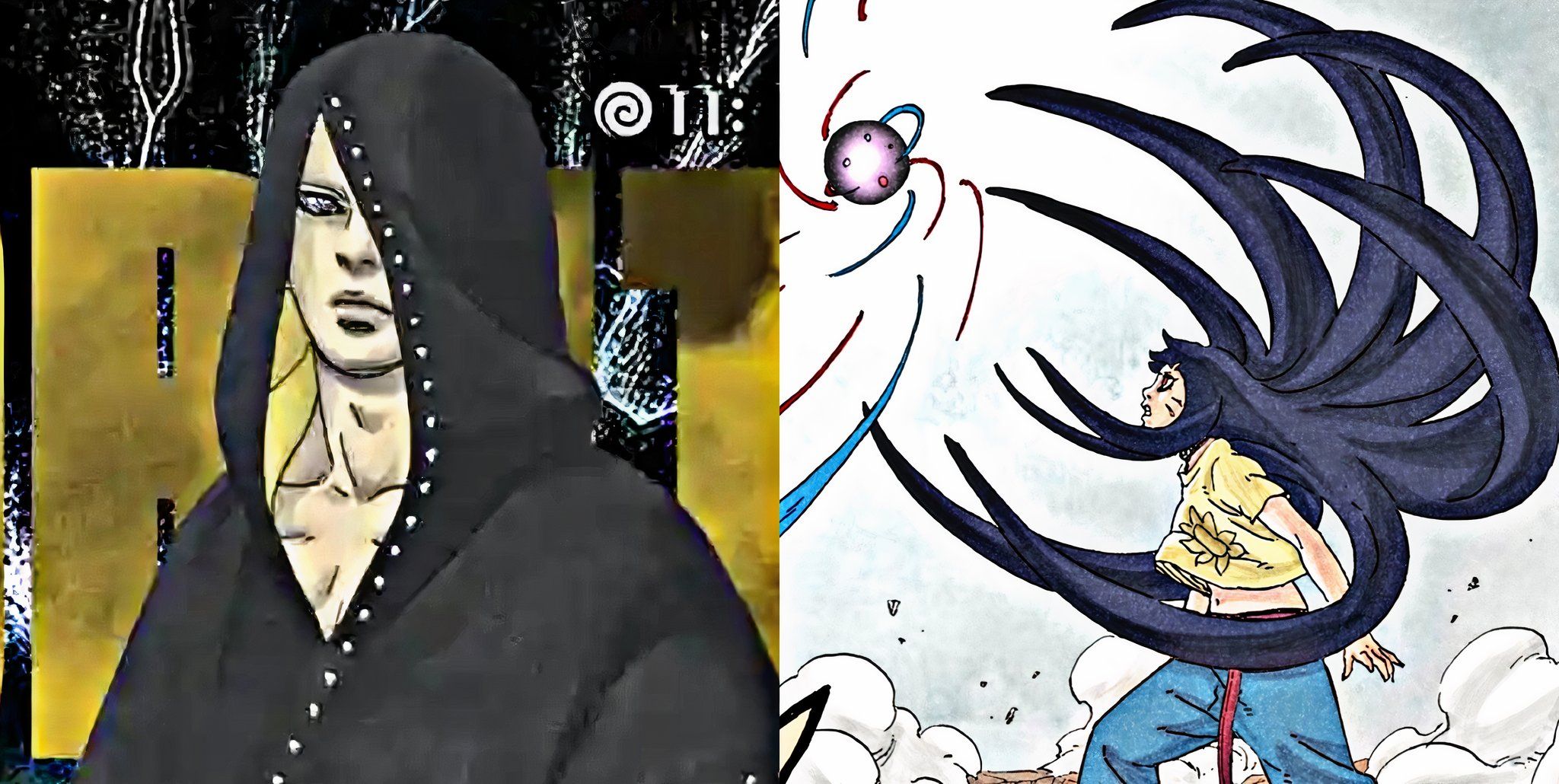
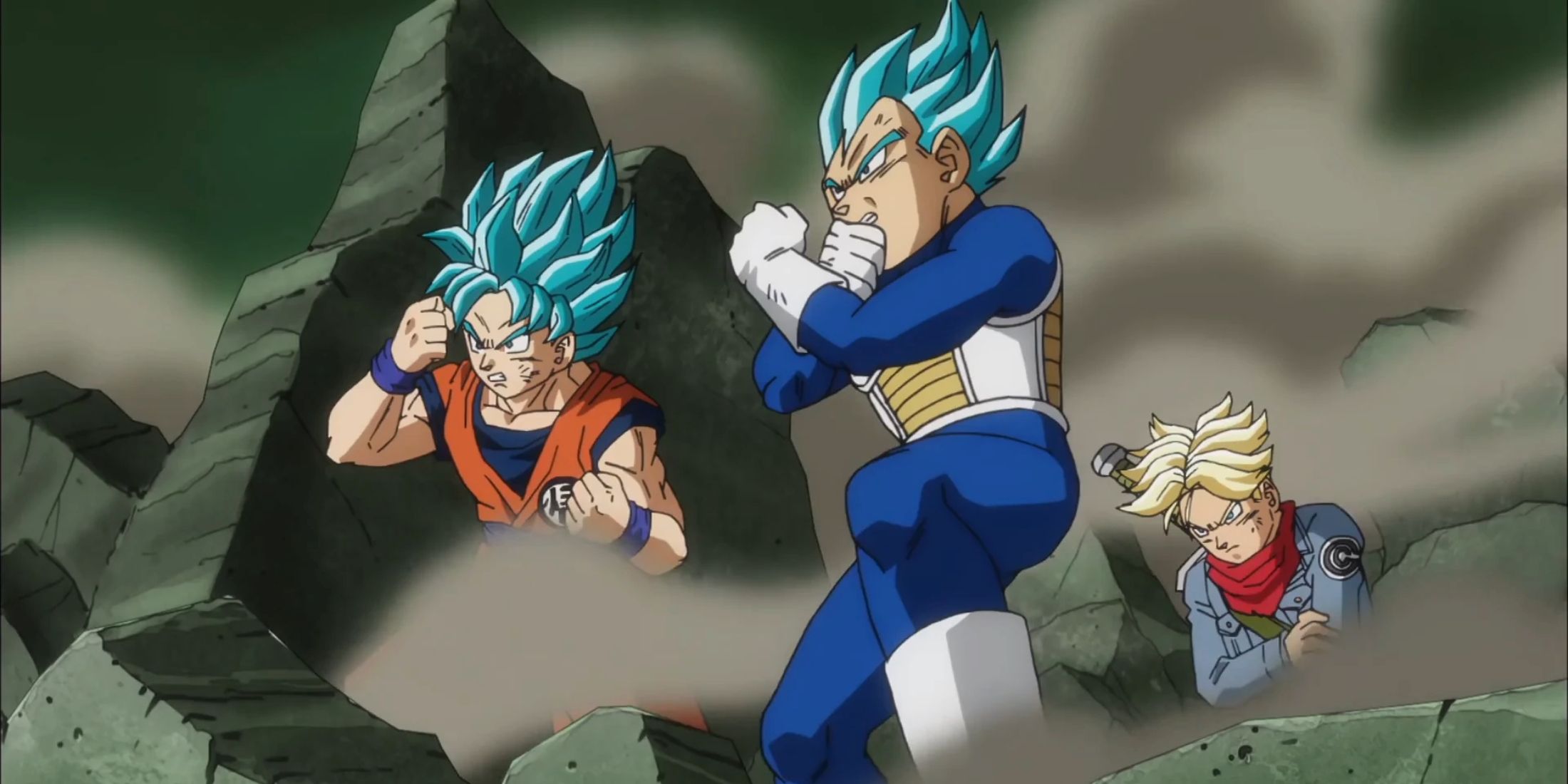
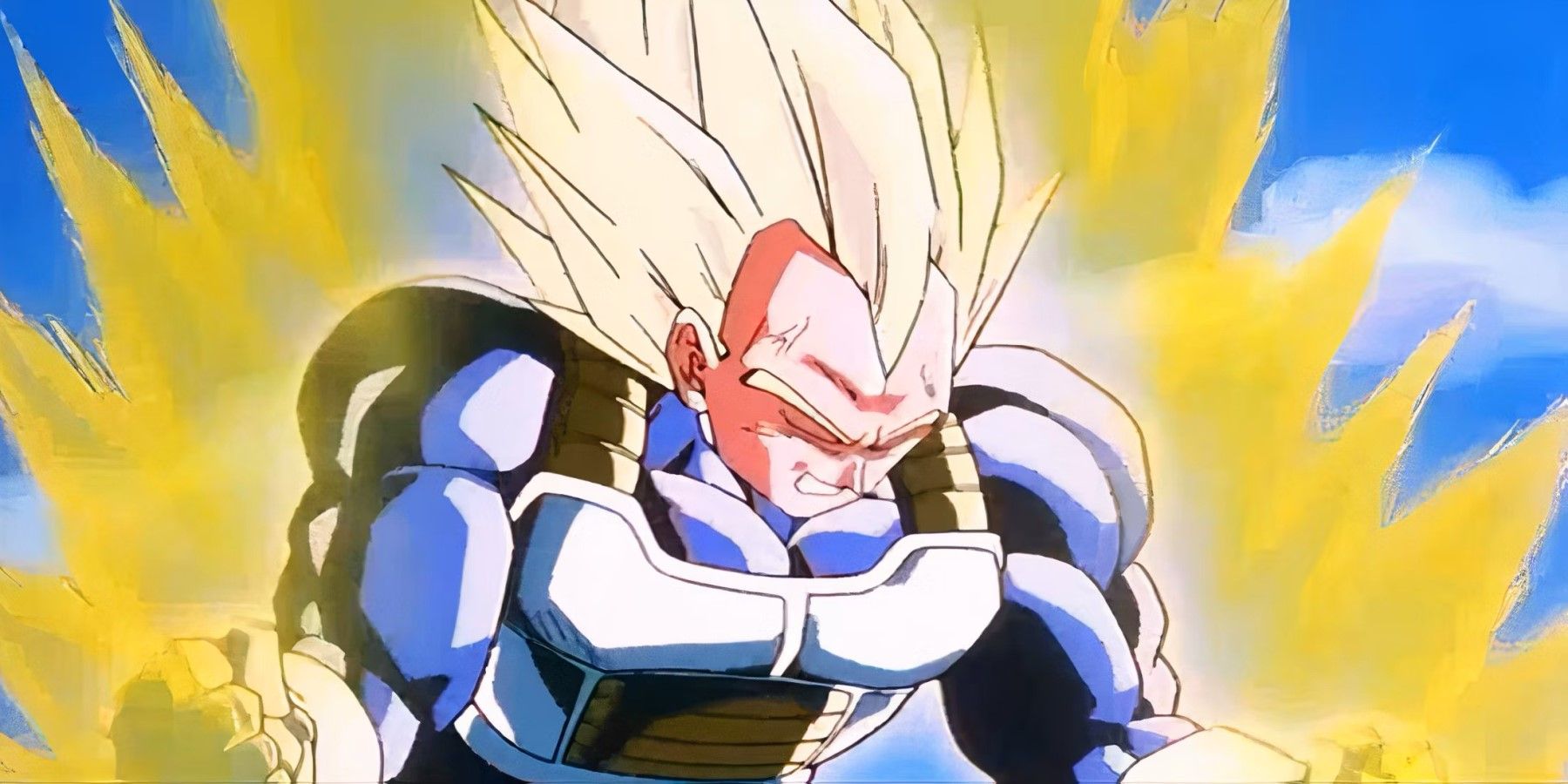
.jpg)
.jpg)
